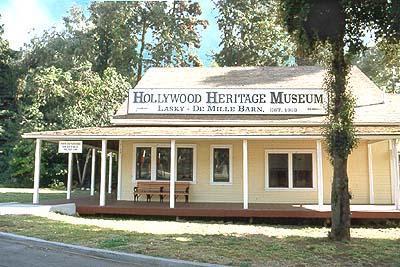This town is full of recognizable faces. We saw Mila Kunis in the American Dad office of Fox (from a distance). We saw Bob Saget at the Beverly Hills Film Festival (from the balcony). It was cool to see these people, but of course none of us said hi to them.
What’s more exciting than the celebrities are the new friends we’ve made who are writers, producers, editors, cinematographers, gaffers, actors and all sorts of creative people. In a lot of ways the cubicles and offices of studios like Fox look like any other corporate office, but unlike any office everybody we met sounded like they truly enjoy what they do.
The creative people behind the media are the ones who really run the film industry in Los Angeles, a city defined by the media it produces and sends out all over the world. The influence of this town goes far beyond the city limits, which makes it easy to forget what the landscape of this area has to offer.
When we aren’t going to film screenings, studying the history of filmmaking, meeting with incredible people or visiting studios, I spend my free time mountain biking in the hills that poke out above the smog. Within 20 minutes of the Oakwood you can be in the Verdugo Mountains or at a trailhead in the Angeles National Forest that used to be the beginning of an old railroad track that would bring tourists to the top of the mountain for a view of the city back in the 1890s. It seems that everything in this area has a deep and rich history. Many of the trails have been damaged by the fires and the mudslides, but every time I go back to these trails it seems that a community has been working on rebuilding them. The jumps are getting smoother and the banks flow better and the trails themselves are incredibly fun to ride mountain bikes on. To see some biking try this link: Biking I hope it works.
The Los Angeles sprawl is a resilient area. Geologically it is a nightmare of an area to have a town. The people seem to deal with a lot of emotional tearing down and then, like the trails, manage to rebuild their motivation. I think if this town fell into the ocean these folks would find a way to build studios in the water.




